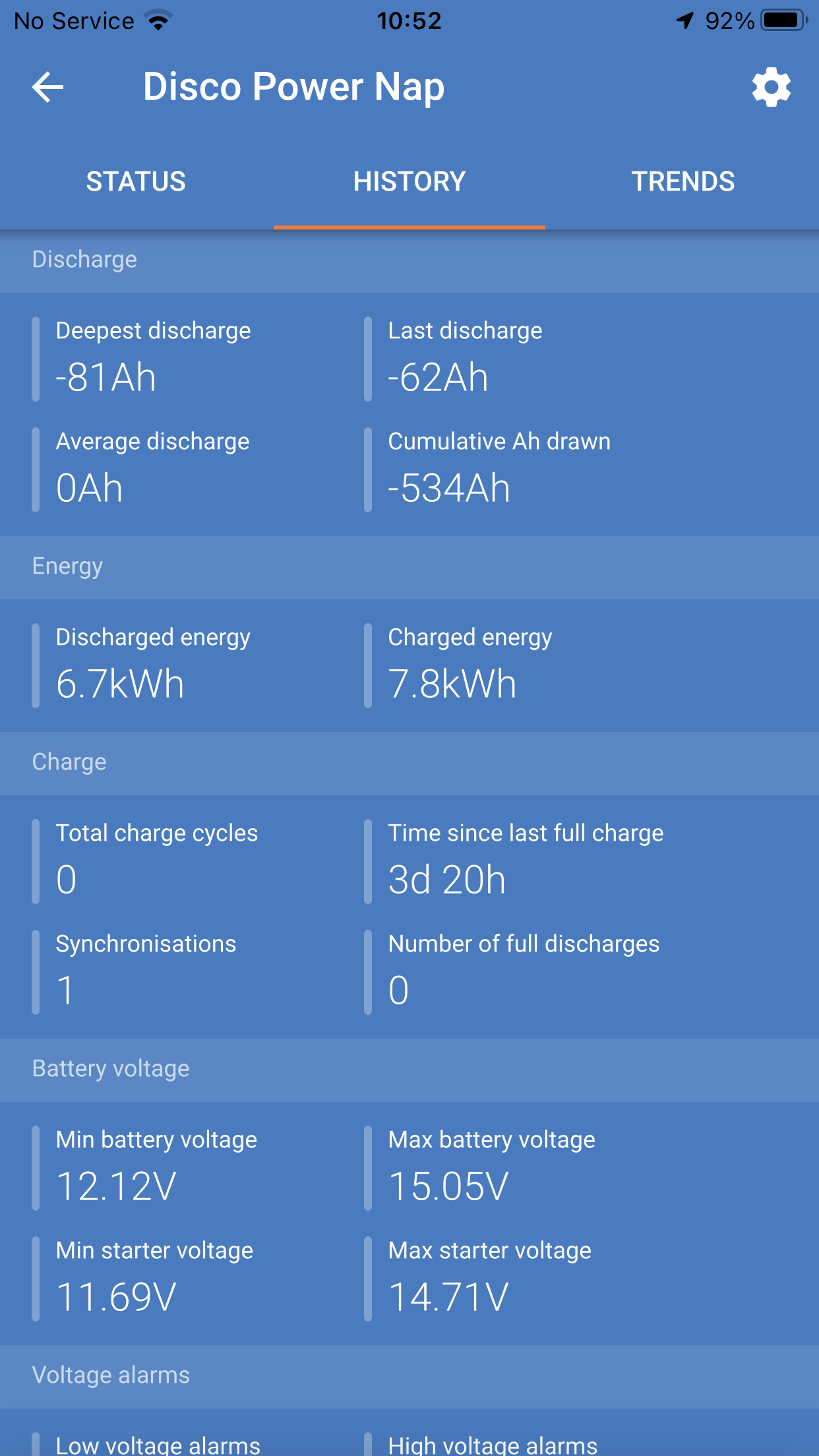 I’m struggling to read/understand the smart shunt, any help is appreciated
I’m struggling to read/understand the smart shunt, any help is appreciated
It was recently installed along with 4 brand new 110ah sealed lead acid batteries (hankook xv110 dual purpose), then plugged into the mains to ensure 100% charge and synced.
Today it shows I’m at 91% SOC after using 62ah out of my 440, which I calculate as 86% SOC
However when my fridge starts and has been running for 10mins my volts drop to 12.34v, then with fridge off and for 5mins the volts jump back to 12.5v
So….. what reading should I be using?
Percentage seems wrong, Ah used doesn’t seem to match the voltage when in use.
I’m so confused? I don’t want to damage my brand new batteries?
***Batteries are charged by both solar and running the engine and currently battery temp is 5*c
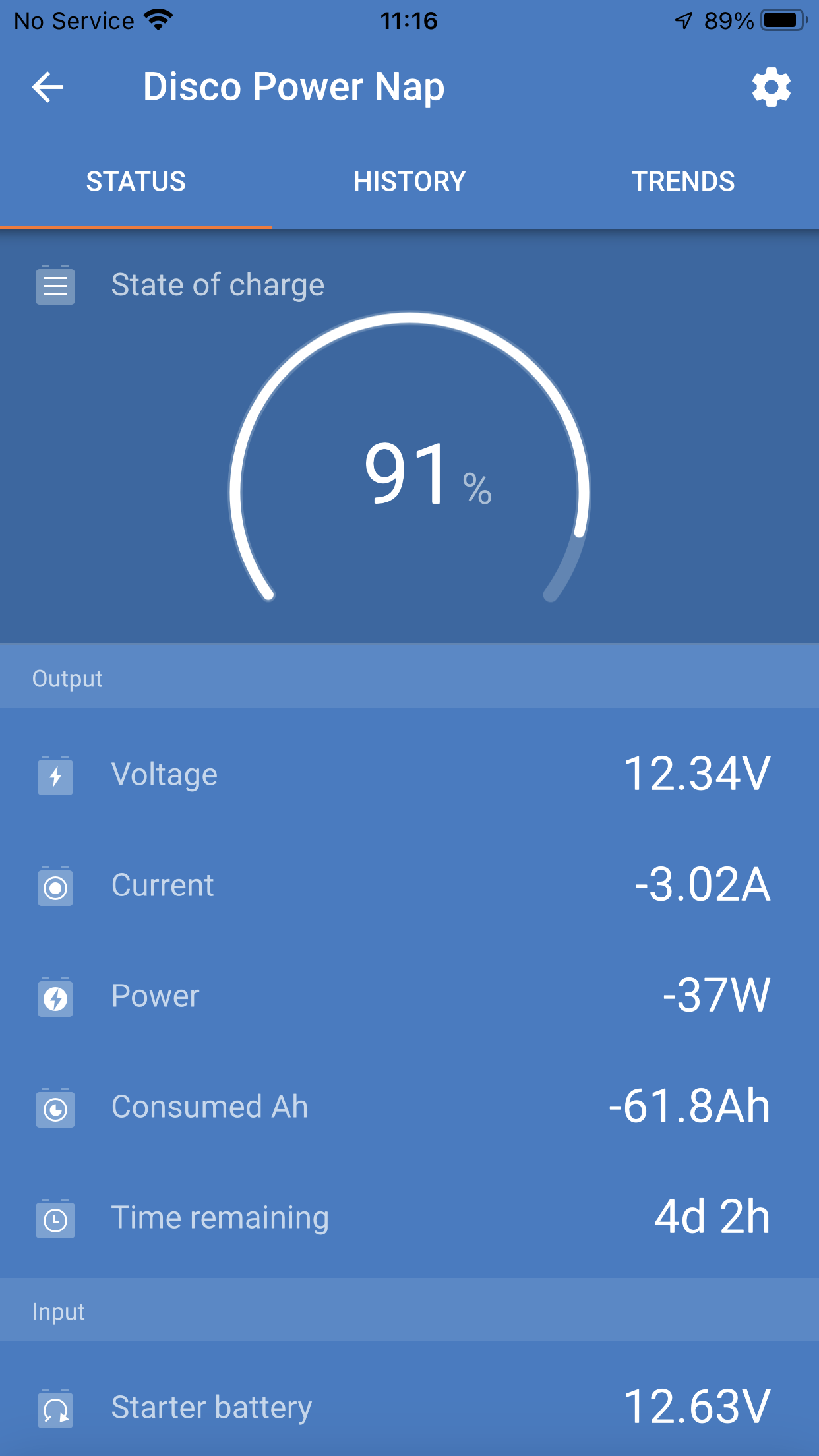



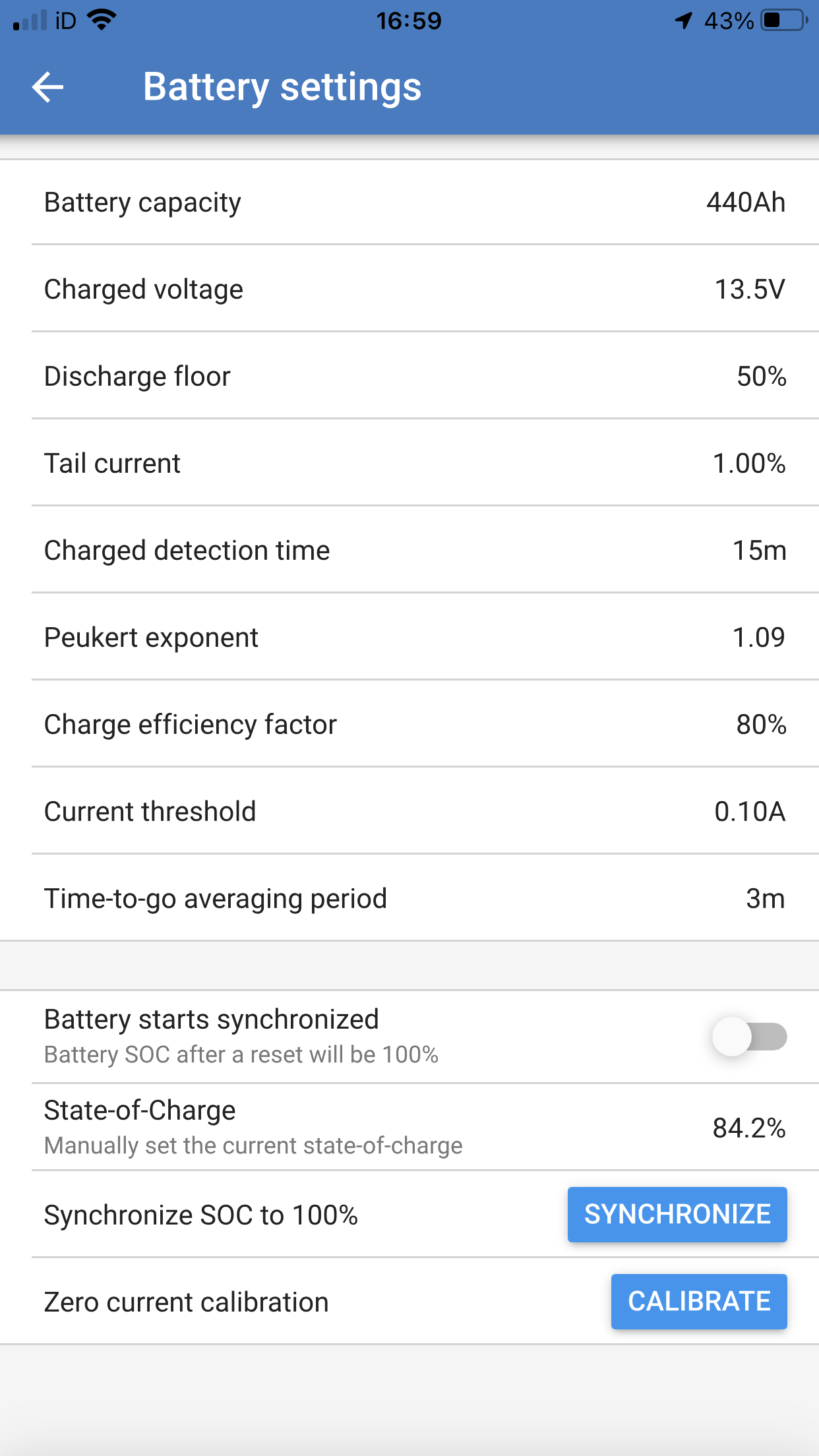 Thanks for your reply, Ive had a good read through the thread, watched the video and read the manual, you’re right in saying I may to do re-read again! So much information
Thanks for your reply, Ive had a good read through the thread, watched the video and read the manual, you’re right in saying I may to do re-read again! So much information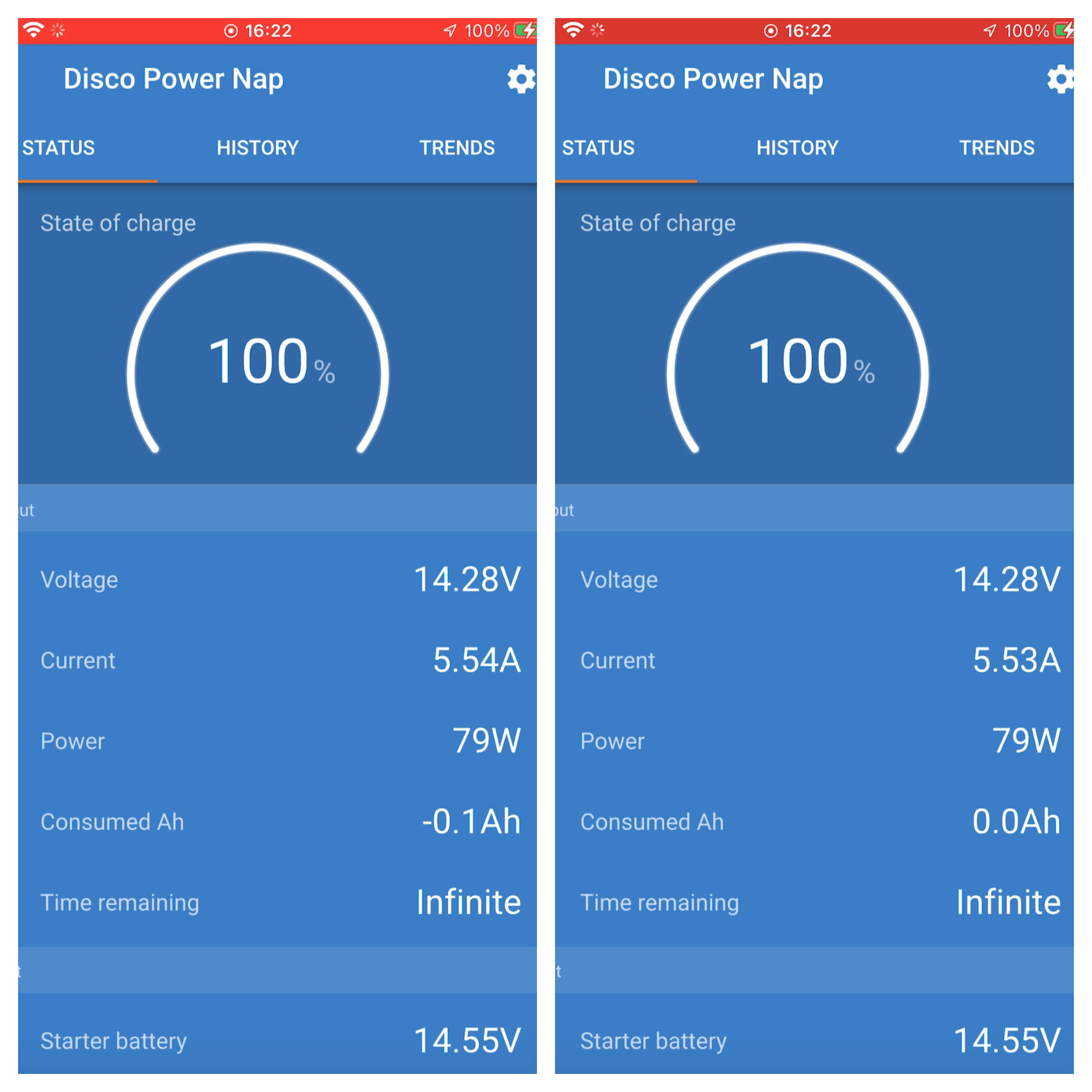
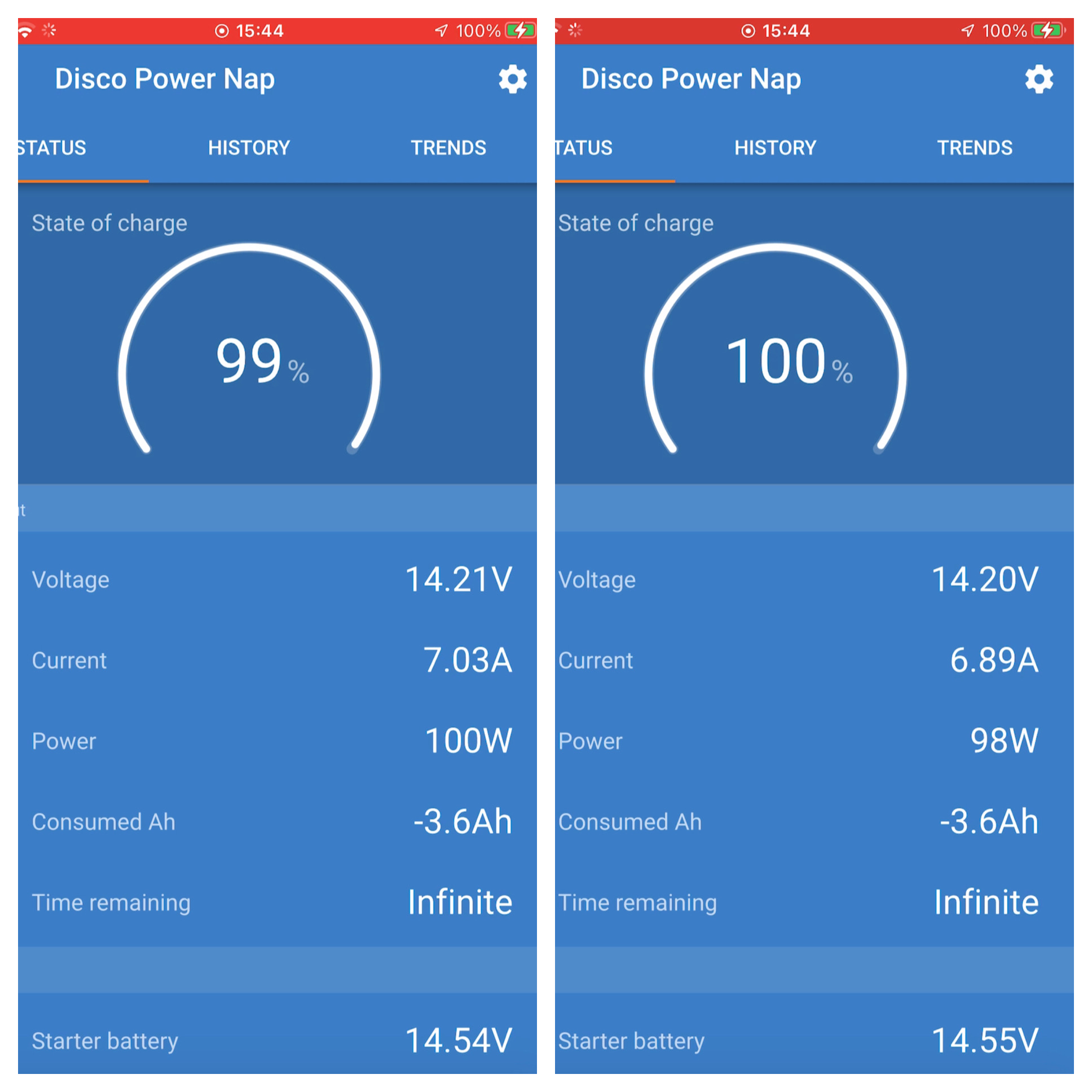 For some reason I can’t add more than one picture
For some reason I can’t add more than one picture  Settings
Settings